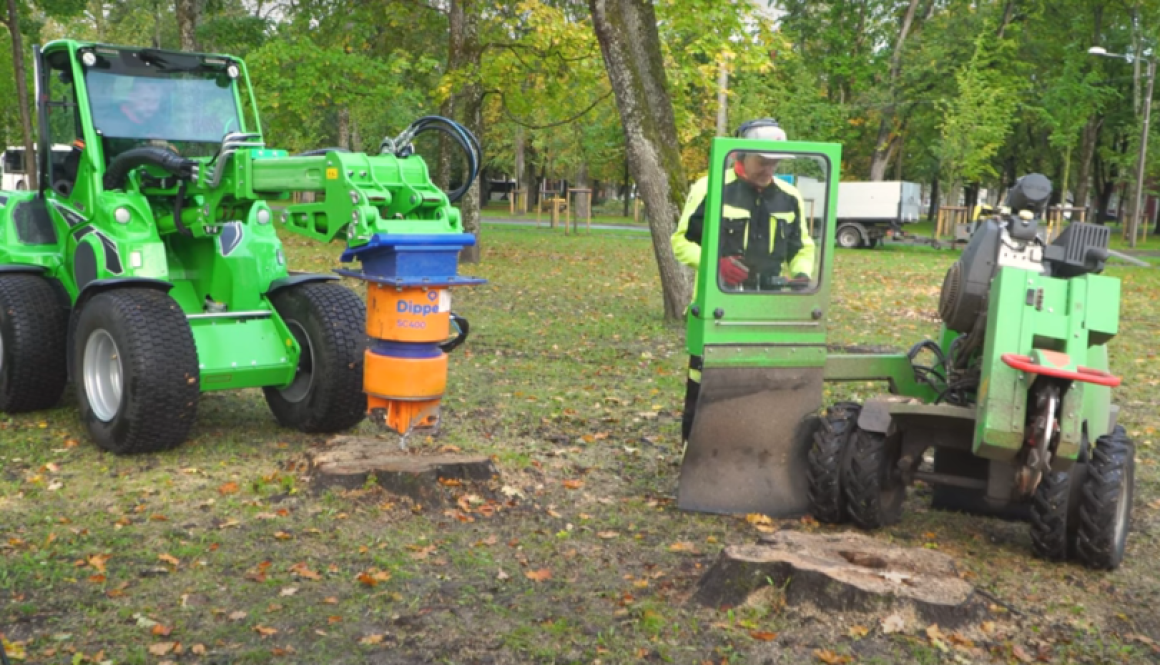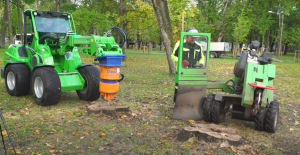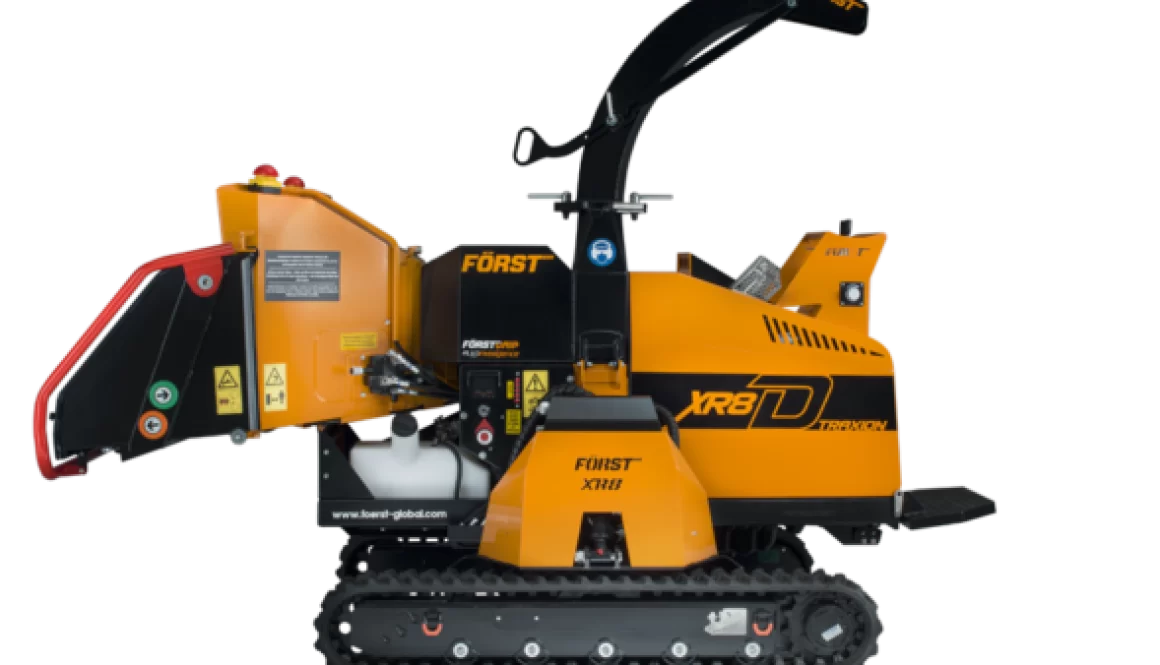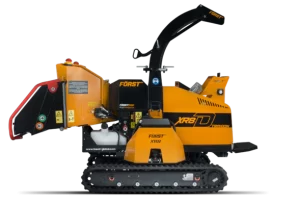Ohashi Wood Chippers
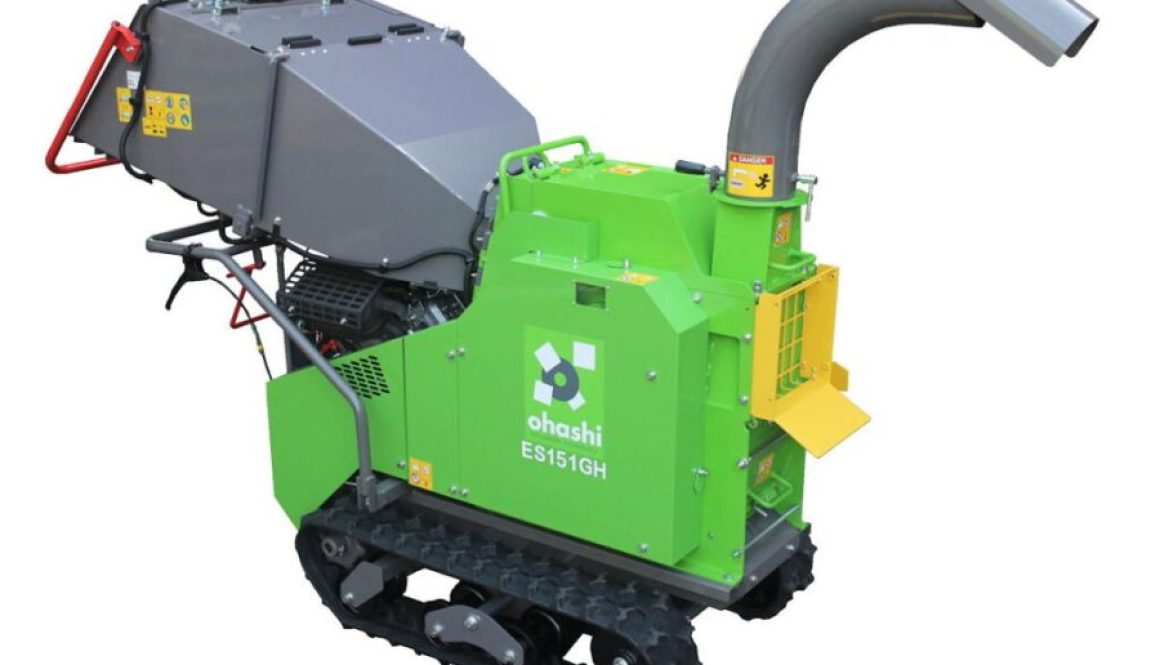

I’ve just been looking at the Ohashi wood chippers, I first saw the post on LinkedIn. It’s always useful to be able to use a compact machine in the garden, as so many gardens have very limited access. Having worked in many gardens, I know the importance of finding a compact machine that will go through a standard garden gate. There are some great wood chippers out there, but branches and wood often have to be carried out to the front garden as access is often limited. The Ohashi wood chipper helps to overcome the access problem.
Ohashi woodchippers stand out in the groundcare industry for their superior construction and performance. Established in Japan in 1988, Ohashi has become a leader in creating agricultural and forestry equipment that combines efficiency with minimal environmental impact. These products offer outstanding performance while keeping pollution to a minimum.
We Have a Range of Wood Chippers on Our Website
The Ohashi woodchipper line is quickly becoming the preferred choice for compact tracked chippers, offering unparalleled capability to handle larger timber despite their compact size. The range includes models capable of chipping material from 3 inches (75mm) to 6 inches (150mm), offering a blend of portability, low maintenance, and labour-saving features. These machines are celebrated for their innovation, efficiency, and safety, providing economical chipping solutions.
Ohashi has established a comprehensive network of experienced dealers across the UK to support sales, parts, and service. You can contact TH White here for more details on their compact Ohashi wood chippers.

Among its offerings, the Ohashi ES151GH Compact Mobile Woodchipper shines for its ability to navigate tight spaces easily, thanks to its slim 730mm width. This feature significantly cuts down the effort and time usually needed to haul material to larger, less accessible chippers. Its agility allows it to pass through narrow gates and doorways with ease, enhancing its manoeuvrability.

Moreover, the Ohashi ES151GH excels in producing uniform, consistently sized woodchips. This creates a more desirable and usable product, often eliminating the need for offsite disposal. Customers frequently prefer to use these chips as decorative mulch in their gardens, helping to suppress weed growth and enhance the landscape’s aesthetic appeal. However, my personal preference is first to compost the chippings and then use the chippings at a later Date.
Four Models Available
There are four compact Ohashi wood chippers available, starting at the smaller three-inch wood chipper, then the four-inch model, a 5-inch model and finally the larger 6-inch model.

